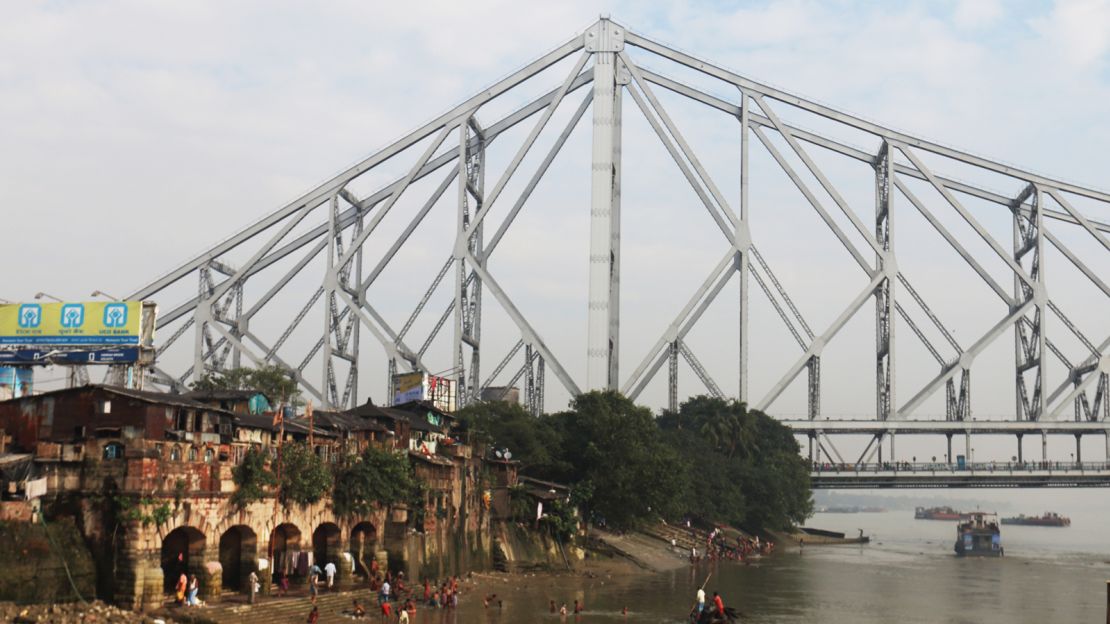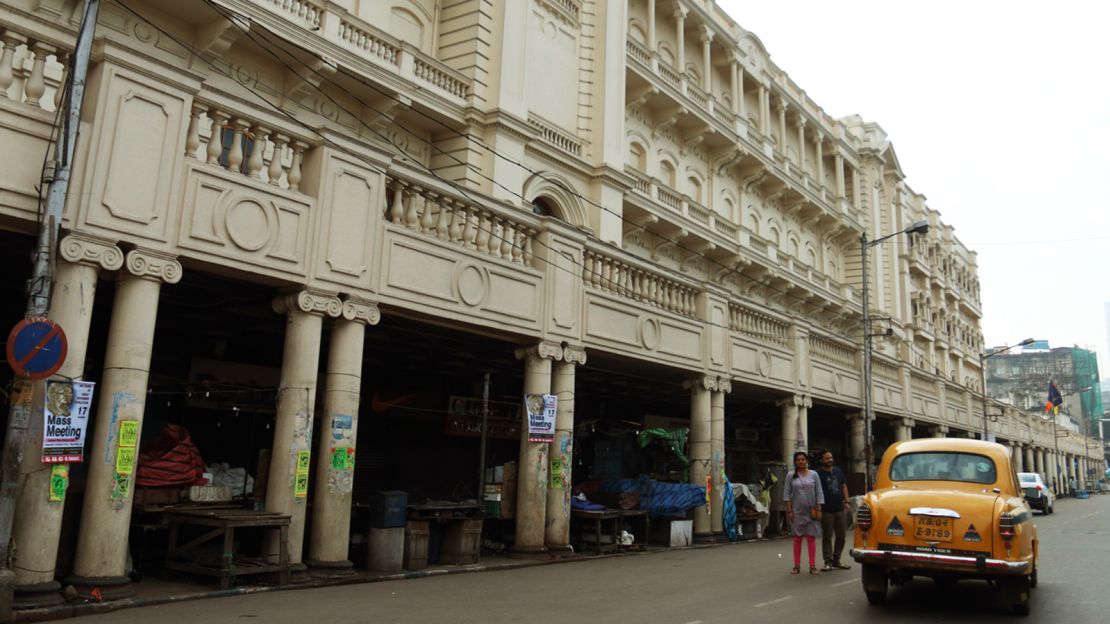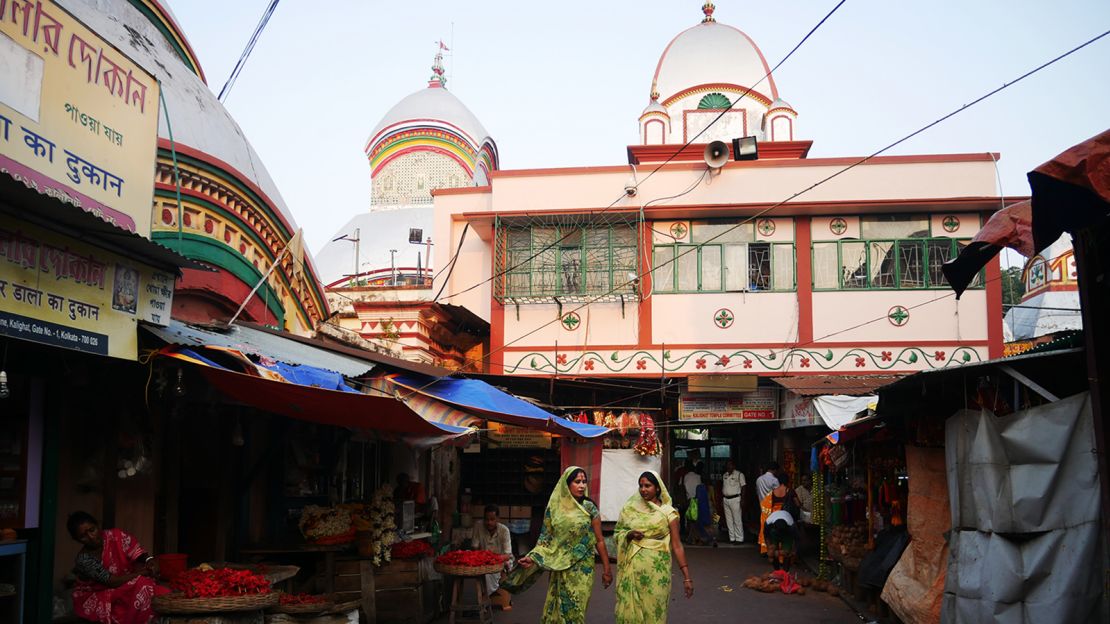Founded in 1690 on the banks of the river Hooghly, Kolkata – or as it was known until 2001, Calcutta – quickly grew from a fishing village into a flourishing colonial metropolis and served as the British imperial capital until 1911.
Unlike other large cities in India, the capital of West Bengal has retained a great deal of charm, not least because hundreds of magnificent decaying buildings dating back to the British occupation have survived more or less intact – giant government edifices, local mansions and historic hotels among them.
Kolkata’s cityscape offers a glimpse of times past: the commerce, culture and struggle of the subcontinent.
“The people of Kolkata love their city’s monuments, no matter who built them. There’s a bit of East and West here and that’s the way we like it,” says Iftekhar Ahsan, owner of Calcutta Walks, a travel tour company that takes visitors on and off the beaten track in the West Bengal capital.
Here’s our suggestion for a three-day visit that puts the city’s global reputation as a place of hardship into a larger perspective.
Day 1: North Kolkata

The best place to start your day is Howrah Bridge, the third-longest cantilever bridge in the world, which stretches like an iron finger across the expanse of the Hooghly River.
With around 100,000 vehicles and 150,000 pedestrians crossing each day, the structure also known as Rabindra Setu is one of the city’s most impressive sights. On the Hooghly’s eastern bank, just below the bridge, a rustic flower market offers great photo opportunities.
A short taxi ride northwest of the bridge, College Street is home to some of the city’s best educational institutions. The streets in the area are lined with countless tiny wooden stalls with vendors surrounded by stacks of textbooks as well as antique and esoteric volumes. The Indian Coffee House offers respite from the crowds.
A little to the south, B. B. D. Bagh, formerly Dalhousie Square and renamed in memory of Indian freedom fighters, is ringed with impressive buildings dating back to the 18th and 19th century, including the gigantic dome of the General Post Office and the impressive Writers’ Building, once India’s bureaucratic center and now serving as state government offices. “B. B. D. Bagh was once the center of power in the eastern hemisphere, the very heart of the second city of the British Empire,” says Iftekhar Ahsan.
Dine at Koshe Kosha, a great little restaurant chain that has nine outlets in Kolkata and serves contemporary Bengali cuisine. The kosha mangsho – mutton in a rich heavy sauce – is just as delicious as the bhetki paturi, a typical local river fish in tomato gravy.
The Broadway Hotel, Kolkata’s budget chintz palace, is an institution. The rooms’ worn-but-stylish furnishings date back to the 1960s, as does the gentleman who operates the rickety elevator cage. The bar and restaurant downstairs has an Edward Hopper vibe and gets lively with locals in the evenings.
Koshe Kosha, Hare Road, BBD Bagh, tel. +91 9830 949494, 8 a.m. to 8 p.m.
The Broadway Hotel, 27A Ganesh Chandra Avenue, tel. +91 332 236 3930
Day 2: West Kolkata

Spend the day around Chowringhee, the swankiest promenade in town, lined with colonial-era buildings including the Indian Museum, the Chowringhee Mansions and the Asiatic Society, as well as markets, shops, movie theaters and restaurants.
“Kolkata is a very democratic city. When the Park Street Metro Station opened, the area turned from what sailors once called a city of palaces into a place that everyone can visit. The city’s fanciest apartment buildings can be found here, but the road is open to all for the price of a metro ticket. That’s what makes Chowringhee so vibrant today,” says Iftekhar Ahsan.
More than 100,000 exhibits await visitors to the imposing Indian Museum, India’s oldest and largest, which opened in 1814. The collections of Mughal paintings, antique sculptures and ornaments and Egyptian artifacts, including a mummy, are worth braving long corridors.
For a quick and satisfying lunch, grab a kati roll: chunks of roasted skewered meat wrapped in a flaky paratha with plenty of chili and onions. Kusum Rolls at 21 Park Street has long been the tastiest port of call for this typical Kolkata snack.
Mother House, home of Mother Teresa’s Missionaries of Charity religious order and her final resting place, is a landmark of the city’s struggle with poverty. Besides the simple tomb, a small museum displays the controversial missionary’s sandals, wastepaper basket and other everyday items.
For sheer colonial-era exuberance, the Oberoi Grand, possibly Kolkata’s best hotel, is unbeatable. Opened as the Grand Hotel in the 1880s, this fully restored edifice offers a pool, a fitness center, a spa and splendidly retro suites, while miles of historical prints grace the walls of the hotel’s public areas. The staff are as impeccably formal and courteous as one might expect in this urban palace.
The Oberoi’s excellent in-house restaurant Threesixtythree offers an extensive menu of international dishes, but the Bengali selections are especially tasty. Bengalis like to take their time at dinner and the thalis are drawn out and varied affairs with excellent fish, lamb and chicken choices. If that’s not enough, the milk-based sweets are likely to finish off even the most hardened diner. The mishti doi, a sweet yogurt, is especially good.
The Indian Museum, 27, Jawaharlal Nehru Rd, Colootola, New Market Area, daily 10 a.m. to 5 p.m.
Mother House, 54 A A.J.C. Bose Road, 8 a.m. to 12 p.m. and 3 p.m. to 6 p.m., except Thursdays
The Oberoi Grand, 15, Jawaharlal Nehru Road, New Market Area, +91 332 249 2323
Day 3 - South Kolkata

Start your day at the Maidan, Kolkata’s 400-hectare green lung, which boasts a race course, countless social and sports clubs, a cricket venue, several football stadia and the Victoria Memorial, a grand marble monument to imperial ambition completed in 1921 which now serves as a museum displaying Raj-era paintings and an excellent permanent exhibition on Kolkata.
“The city’s young people like to come here, to fly kites, to play football or cricket, to go horse-riding. Kolkata was the funnel through which the colonizers exported their loot and the city grew rich and was orderly and clean. As a result, the Victoria Monument remains popular with locals even if it’s a symbol of British occupation,” says Ahsan.
The Kalighat Kali Temple, the city’s oldest Hindu pilgrimage site, is just 200 years old in its present form but its existence dates back to at least the 15th century (and it certainly looks that old). The goddess that lives in the temple’s inner sanctum looks ferocious and the gold on her long flickering tongue is replaced every day. The temple priests have their money extraction strategies down pat.
Nearby, the Home of the Pure Heart (Nirmal Hriday), formerly Mother Teresa’s Kalighat Home for the Dying, is as somber a site of tourist interest as one can imagine.
In the evening you can dine at 6 Ballygunge Place, one of Kolkata’s best-known Bengali eateries. Located in an old colonial villa, this institution serves nightly buffets and à la carte selections and has branches in London and New York.
A great place to rest your weary head is The Corner Courtyard, a stylish boutique hotel and heritage property located in Lansdowne. The building started life as a Bengali home in 1904 and offers just seven unique artfully furnished rooms, a great restaurant and a wonderful roof terrace. A chic but by no means formal respite from the bustle of the Bengali capital.
The Victoria Memorial is open daily from 10am to 5pm, Entry fee is 200 Rs. To visit the gardens is 10 Rs.
Home of the Pure Heart, 251 Kalighat Rd, daily 8.30 - 11.30am and 3.00 - 5.00 pm except Thursdays.
6 Ballygunge Place, open daily 10-10pm, Tel. 033 2460 3922
The Corner Courtyard, 92B, Sarat Bose Rd, Hazra, Bhowanipore, +91 990 399 0597













